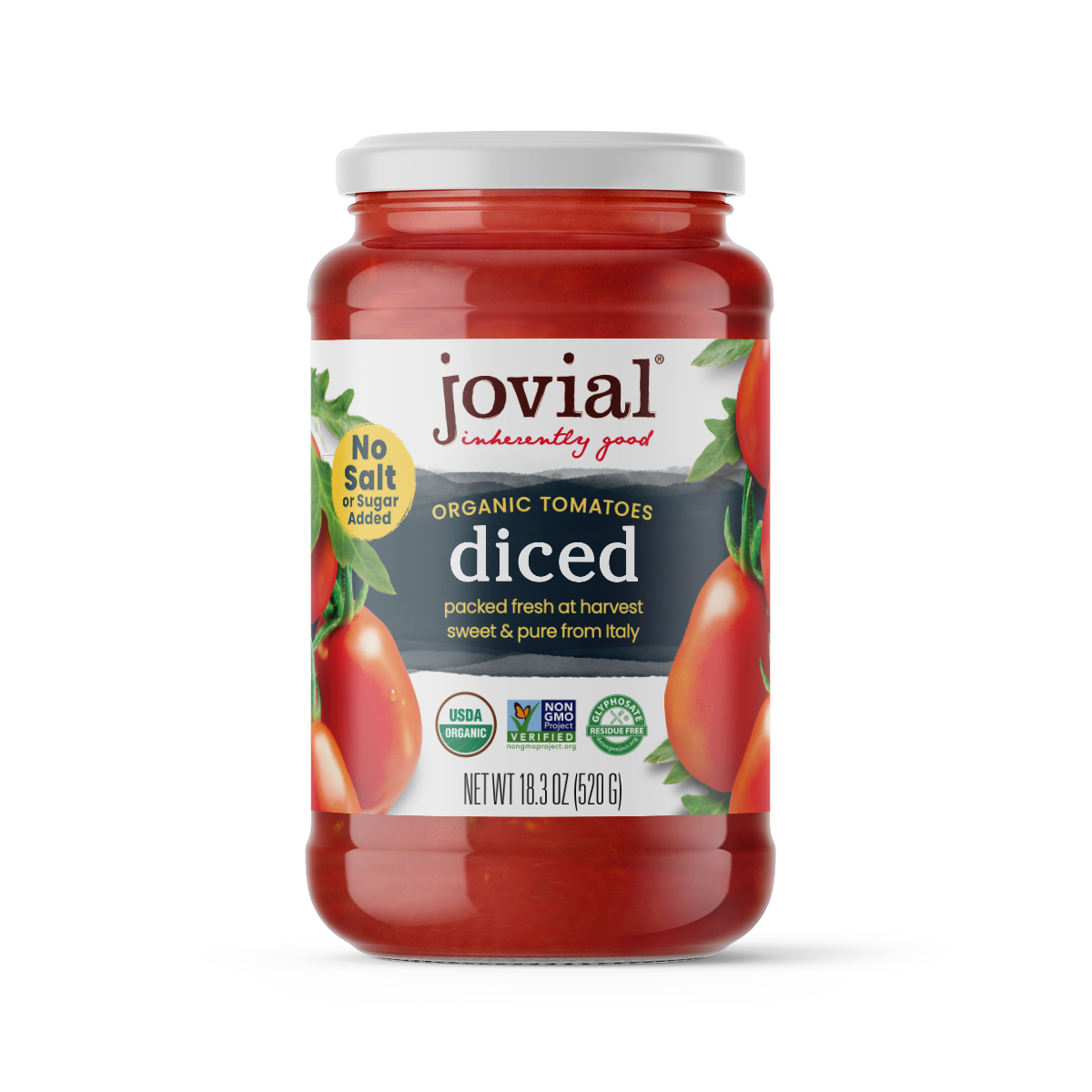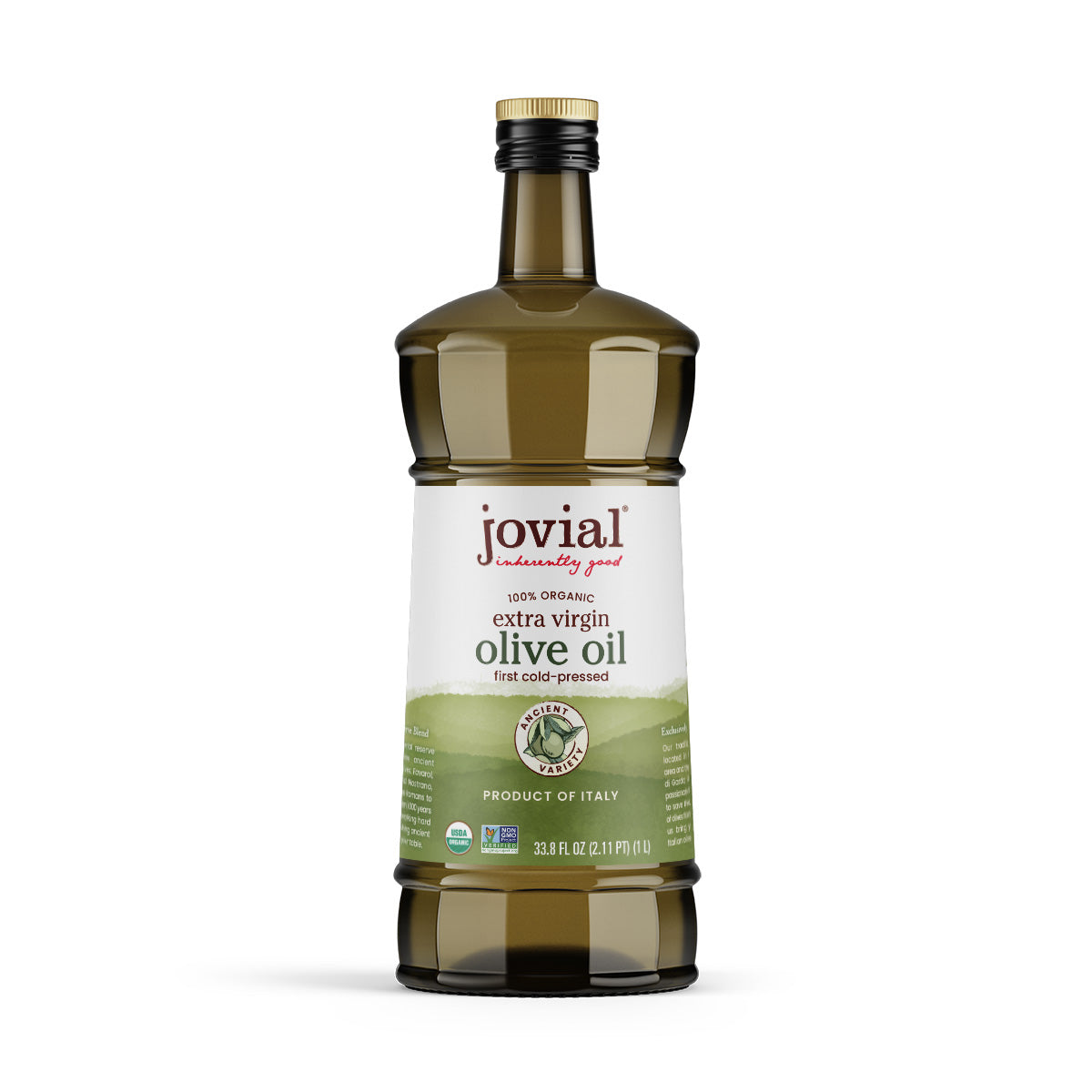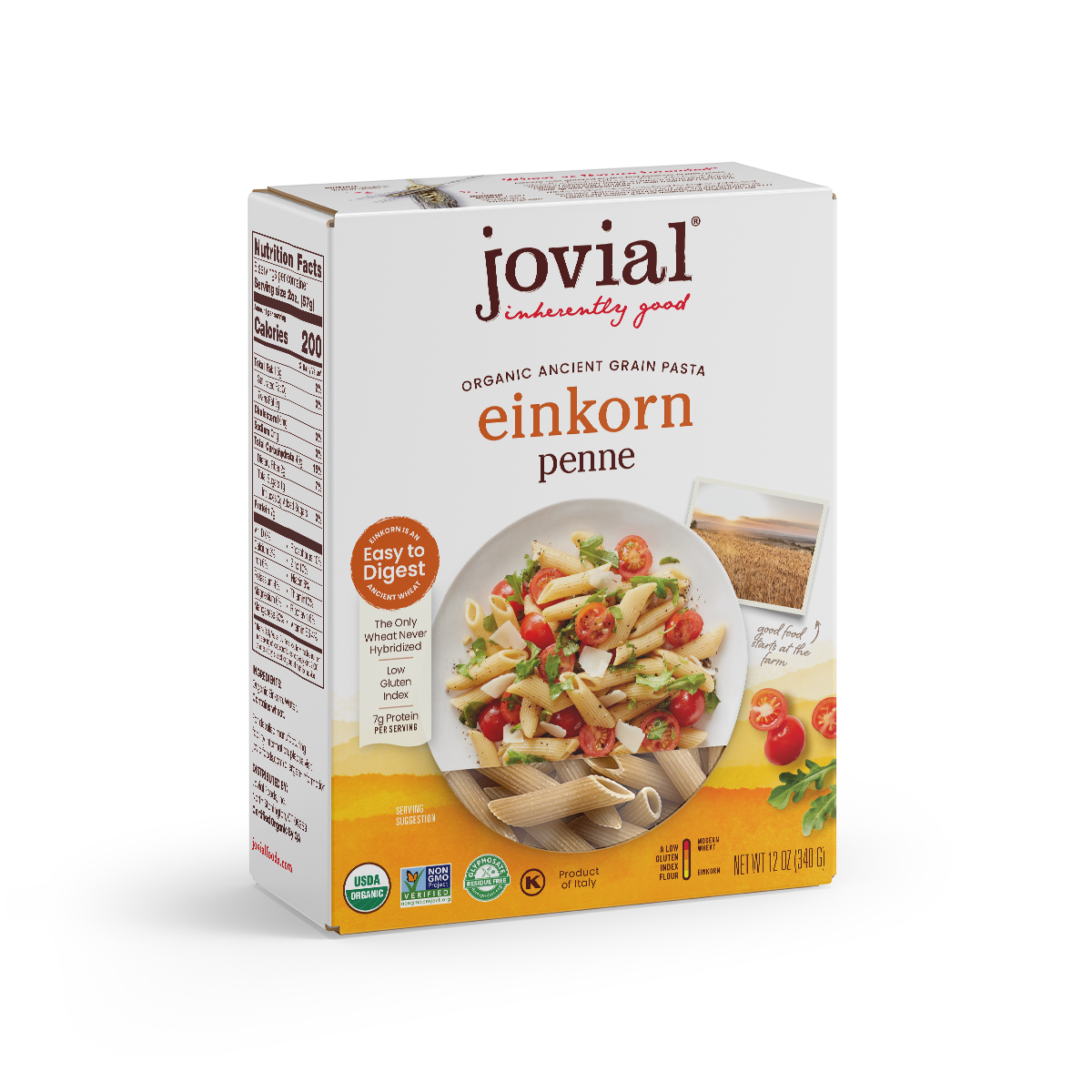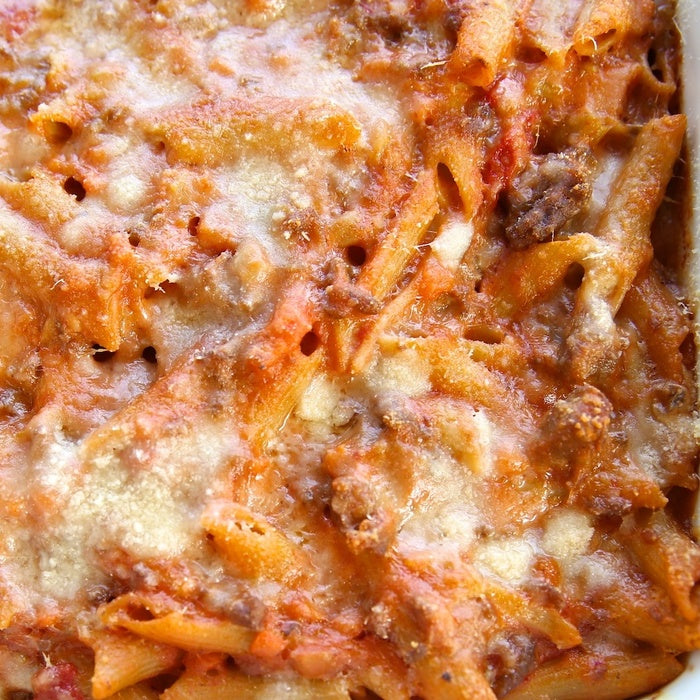
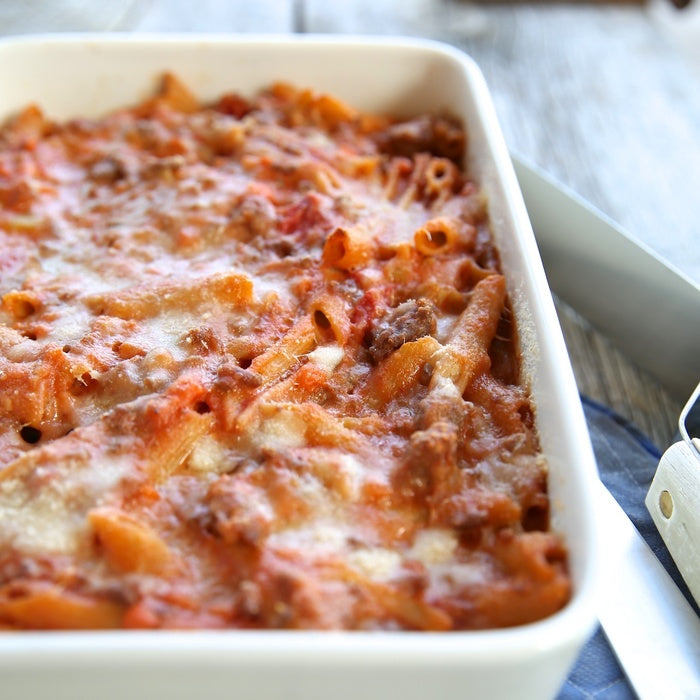
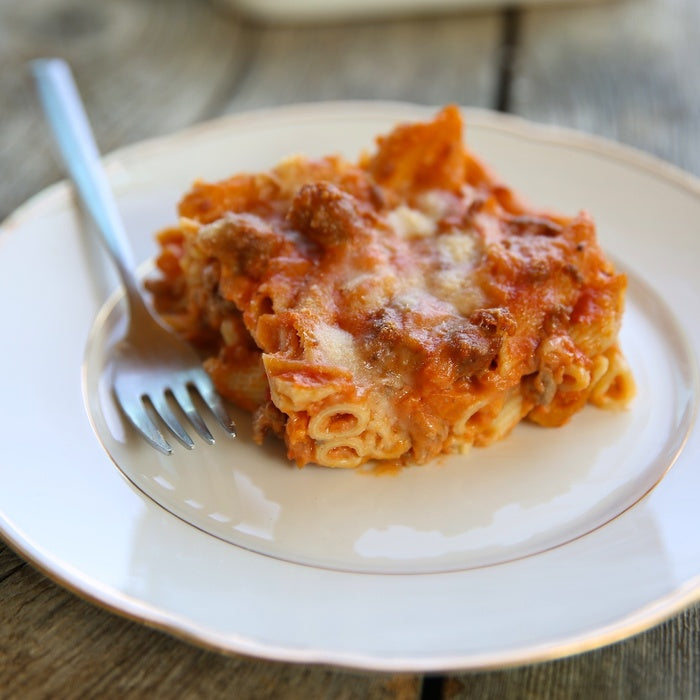
Ingredients
When I first moved to Italy in 1987, I lived in Bologna in an apartment, right in the middle of the university, with two Italian and two German girls. Corinna was from Berlin and very tall, she always wore heels and walked very fast, with strides twice as long as mine. I had to run-walk to keep up with her as we explored the city together.
I noticed that the refrigerator in our apartment was very small, soon to find out that Italians shop every day and cook whatever looks good at that moment. The neighborhood veggie guy, fishmonger, or cheese vendor loved to share their recipes, and it didn’t take me long to become fascinated with the neighborhood food culture.
Sometimes on the weekend, we would drive just outside of the city and take a right up a very steep country road. At the top of the hill in a very old house lived three sisters who had ran a small restaurant out of their kitchen. It was very rustic, and the menu consisted of typical Bolognese fare like tagliatelle al ragù and lasagna Bolognese. When you arrived, they sat you down at an old table, while around you they rolled out sheets of fresh egg pasta by hand with a very long rolling-pin. They had a pot of meat sauce on the stove bubbling away, creating an aroma that made your mouth water. I was shocked the first time I saw one of the sisters pour a liter of whole milk into the meat sauce a few minutes before turning off the stove.
She said in Bologna they add milk to Bolognese to “cut the fat”. I had never heard of besciamella, but if this sauce that was the essential ingredient in lasagna–I had to learn how to make it. The process reminds me why these dishes have become classics—they are simple, yet extraordinarily delicious. At my cooking classes, the authentic Italian recipes, like this one, are always everyone’s favorite. Once you smell the dish coming together, you will understand why traditional Italian food is so iconic.
Instructions
Make the sauce:
- In a very large skillet, cook olive oil, onion, and garlic on medium-low heat for 3 minutes, stirring occasionally. Add carrots and celery and 1 teaspoon of salt and cook for 3 minutes.
- Add in beef and sausage, breaking up in small pieces and stirring occasionally. Cook until the meat begins to brown and stick to the pan.
- Turn up the heat to medium. Add the wine and cook for 1 minute.
- Add the tomatoes and 1 teaspoon of salt. When the sauce beings to boil, lower the heat and cover, simmering for 30 minutes. Set aside.
Make the bechamel cream:
- In a medium saucepan, melt the butter on low heat, then whisk in the flour until smooth and creamy.
- With a wooden spoon, stir the mixture in one direction while pouring in ½ cup of milk, at a time. When the milk is absorbed by the flour mixture, add more. At first, you will add milk quickly but then the mixture will need more time to thicken before you add more. Once the sauce is thick and smooth, mix it into the Bolognese sauce.
Assemble the dish:
- Cook pasta for 2 minutes less than the cooking time indicated on the package. Drain. Mix into the tomato cream sauce. Mix in ¾ cup of the grated Parmigiano.
- Butter a 9 x 13-inch baking dish. Transfer the pasta to the dish and top with the remaining ¼ cup Parmigiano.
- You can either let the dish cool, cover with plastic wrap and refrigerate for up to 24 hours, or bake it immediately.
- Preheat the oven to 350°F. Bake the pasta uncovered for 35 to 40 minutes, or until the pasta begins to brown on top. Let rest for 15 minutes before serving.
While this recipe is a bit of work, you can make and assemble the dish a day in advance and refrigerate overnight. Bake it just before guests arrive – the aroma is sure to create excitement. It turns out perfectly with both einkorn and gluten free pasta, and slices up into neat portions that are easy to serve.


